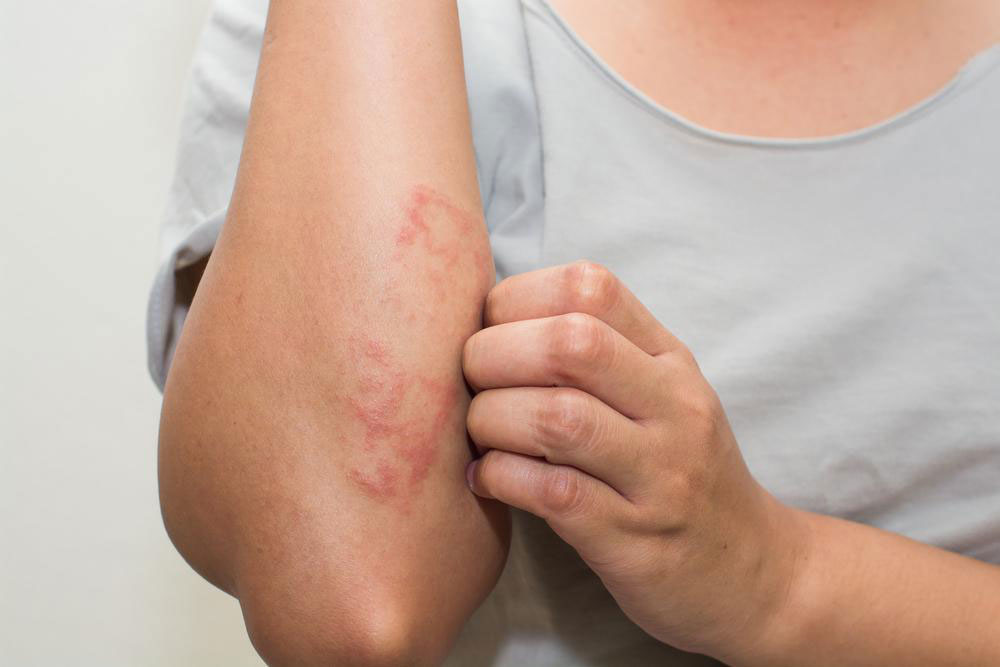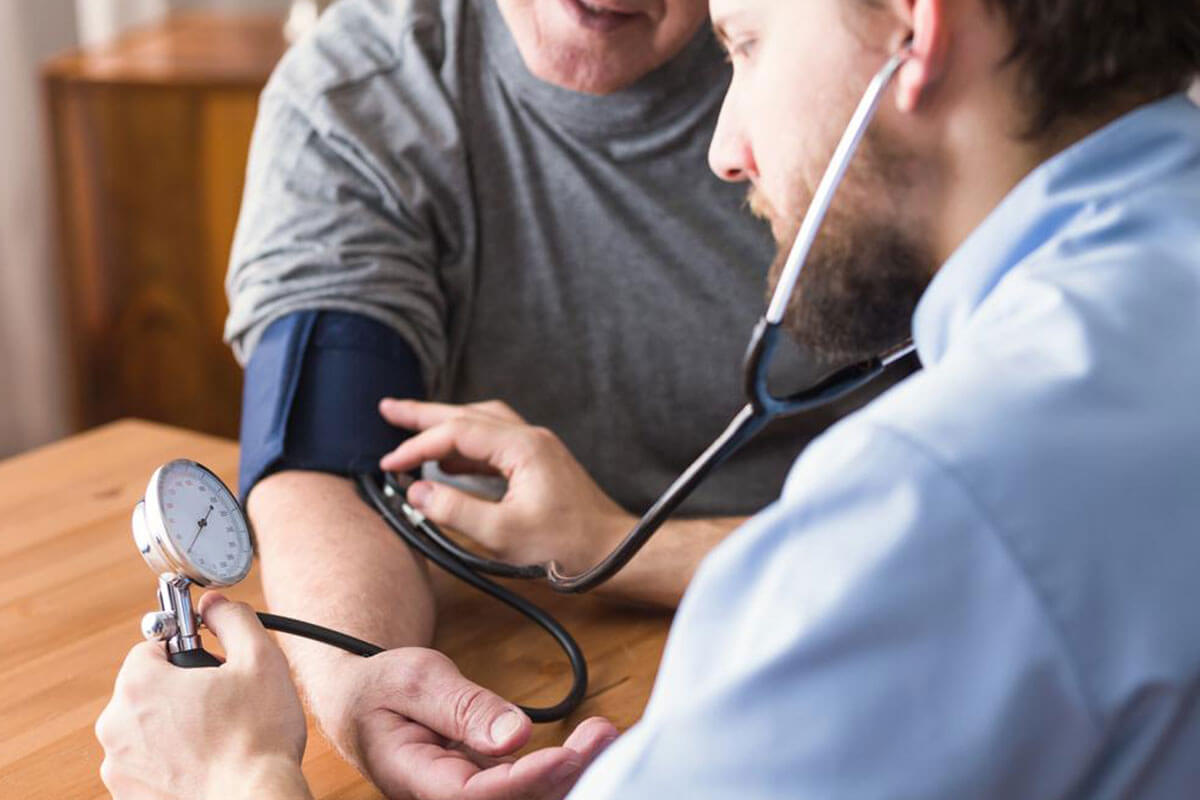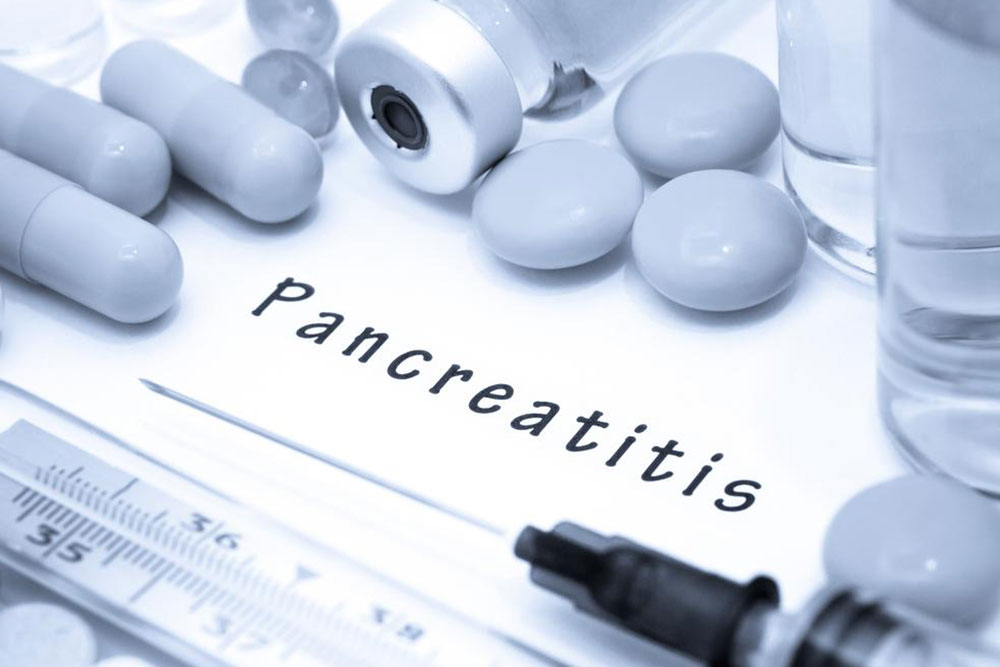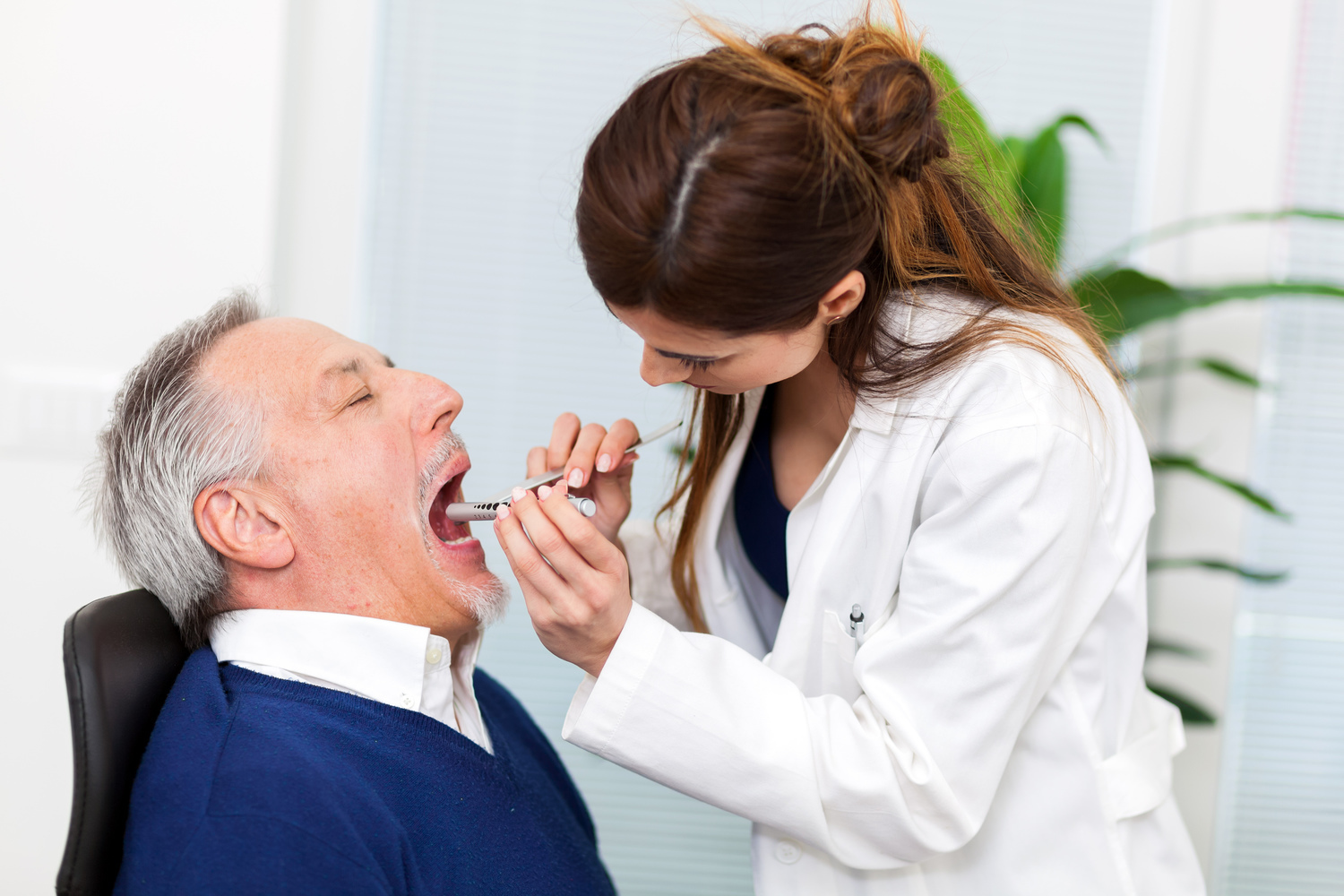Complete Overview of Mycosis Fungoides: Detection and Management Methods
This comprehensive guide explores how to diagnose and treat Mycosis Fungoides, a rare skin lymphoma. It covers symptoms, diagnostic procedures like biopsies and blood tests, and various treatment options ranging from topical medications and light therapy to advanced radiation and blood-based therapies. Understanding these methods helps in managing this complex condition effectively and improving patient outcomes.

Key Insights into Diagnosing and Treating Mycosis Fungoides
Mycosis Fungoides, also known as Albert-Bazin syndrome or granuloma fungoides, is a type of skin lymphoma characterized by abnormal T-cells. While it mainly affects the skin, it can eventually lead to internal issues. Symptoms vary from light rashes to chronic itchy plaques, which may develop into tumors.
How Mycosis Fungoides is Diagnosed
Persistent skin lesions not responding to standard treatments often lead doctors to perform a biopsy—removing a small skin sample for microscopic analysis to detect malignant cells. Multiple biopsies might be needed. Blood tests, including counts of red blood cells, platelets, and T-cells, aid in diagnosis. Flow cytometry provides detailed analysis of blood cell properties to identify abnormal or cancerous cells.
Approaches to Treating Mycosis Fungoides
Achieving remission is often achievable, even if the disease isn't fully eradicated. Early-stage cases tend to respond favorably to skin-focused therapies. Advanced stages may require stronger interventions.
Topical Options
Corticosteroid creams, retinoid gels, and lotions are used in initial phases to manage skin lesions. Chemotherapy may be employed in some scenarios to suppress tumor growth.
Light Therapy Techniques
Ultraviolet light therapy (phototherapy) can help improve skin symptoms, often following medication application to increase light sensitivity. For later stages, radiation therapy using electron beams targets and destroys cancerous skin tissue.
Blood Therapy Methods
Photopheresis involves collecting blood, treating T-cells with medication, then exposing them to UV light outside the body to decrease abnormal T-cell activity.


